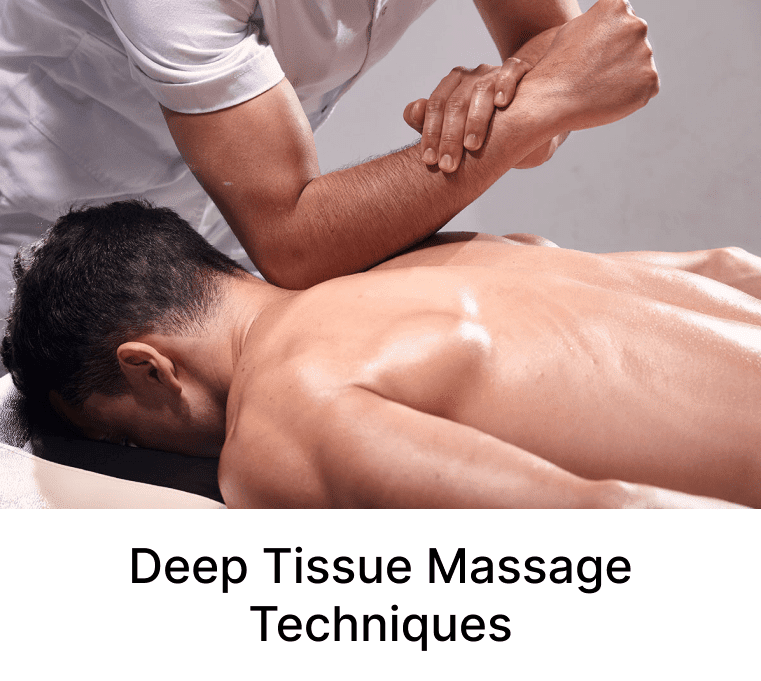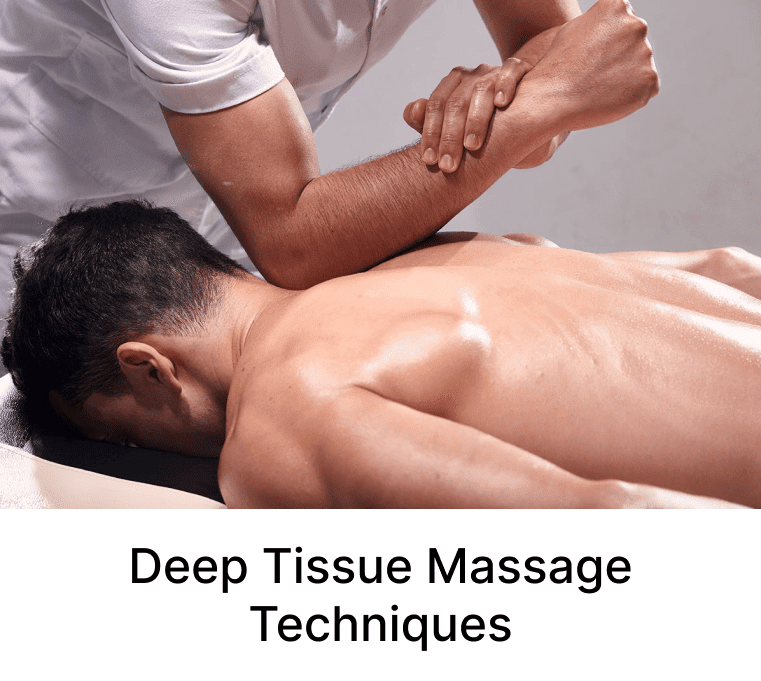Massage Techniques

Welcome to our in-depth guide on mastering deep tissue massage techniques, where we delve into the intricacies of this therapeutic practice. As experts in the field, we understand the importance of providing a comprehensive resource for both beginners and seasoned professionals seeking to refine their skills in deep tissue massage.
Understanding Deep Tissue Massage
What sets deep tissue massage apart?
Deep tissue massage is a specialized technique that goes beyond the surface, targeting the deeper layers of muscles and connective tissue. While other massage modalities focus on relaxation, deep tissue massage aims to address chronic pain, muscle tension, and rehabilitation. It’s a nuanced practice that demands precision and expertise.
Key Principles
1. Pressure and Technique
The cornerstone of deep tissue massage lies in the application of firm pressure. Therapists employ various techniques, such as friction, kneading, and stripping, to reach the underlying layers of muscle. The skilled use of hands, forearms, and elbows is crucial to achieving optimal results.
2. Targeting Specific Areas
Deep tissue massage isn’t a one-size-fits-all approach. It involves identifying and targeting specific areas of tension or discomfort. Understanding anatomy is paramount, allowing therapists to tailor their approach to each client’s unique needs.
Techniques in Detail
1. Effleurage: The Foundation
Effleurage serves as the foundational technique in deep tissue massage. Characterized by long, sweeping strokes, it prepares the body for deeper work by promoting relaxation and increasing blood flow. Proper execution of effleurage sets the stage for subsequent techniques.
2. Friction: Breaking Barriers
Friction involves applying deep pressure across the muscle fibers. This technique aims to break down adhesions and promote the release of tension. Skilled therapists utilize friction to target specific knots or areas of tightness effectively.
3. Trigger Point Therapy: Precision Matters
In deep tissue massage, identifying and addressing trigger points is crucial. These are localized areas of muscle tightness that can radiate pain to other parts of the body. Precise pressure on trigger points is a skill that sets seasoned therapists apart.
Advanced Tips for Practitioners
1. Ergonomics for Therapists
As a practitioner, maintaining proper body mechanics is vital for longevity in the field. Investing in ergonomic equipment and adopting correct postures during sessions ensures therapists can deliver effective deep tissue massage without compromising their well-being.
2. Communication with Clients
Clear communication is key to a successful deep-tissue massage session. Prioritize obtaining detailed information about the client’s medical history, pain points, and expectations. Regularly check in during the session to ensure the pressure is within the client’s comfort zone.
The Road to Mastery
Becoming proficient in deep tissue massage is a journey that requires dedication and continuous learning. As you embark on this path, remember that mastery comes with experience, practice, and a commitment to honing your skills.
Conclusion
In conclusion, mastering deep tissue massage techniques involves a combination of theoretical knowledge, hands-on experience, and a dedication to refining one’s craft. As we’ve explored, the key lies in understanding the principles, perfecting the techniques, and embracing a holistic approach to client care.
